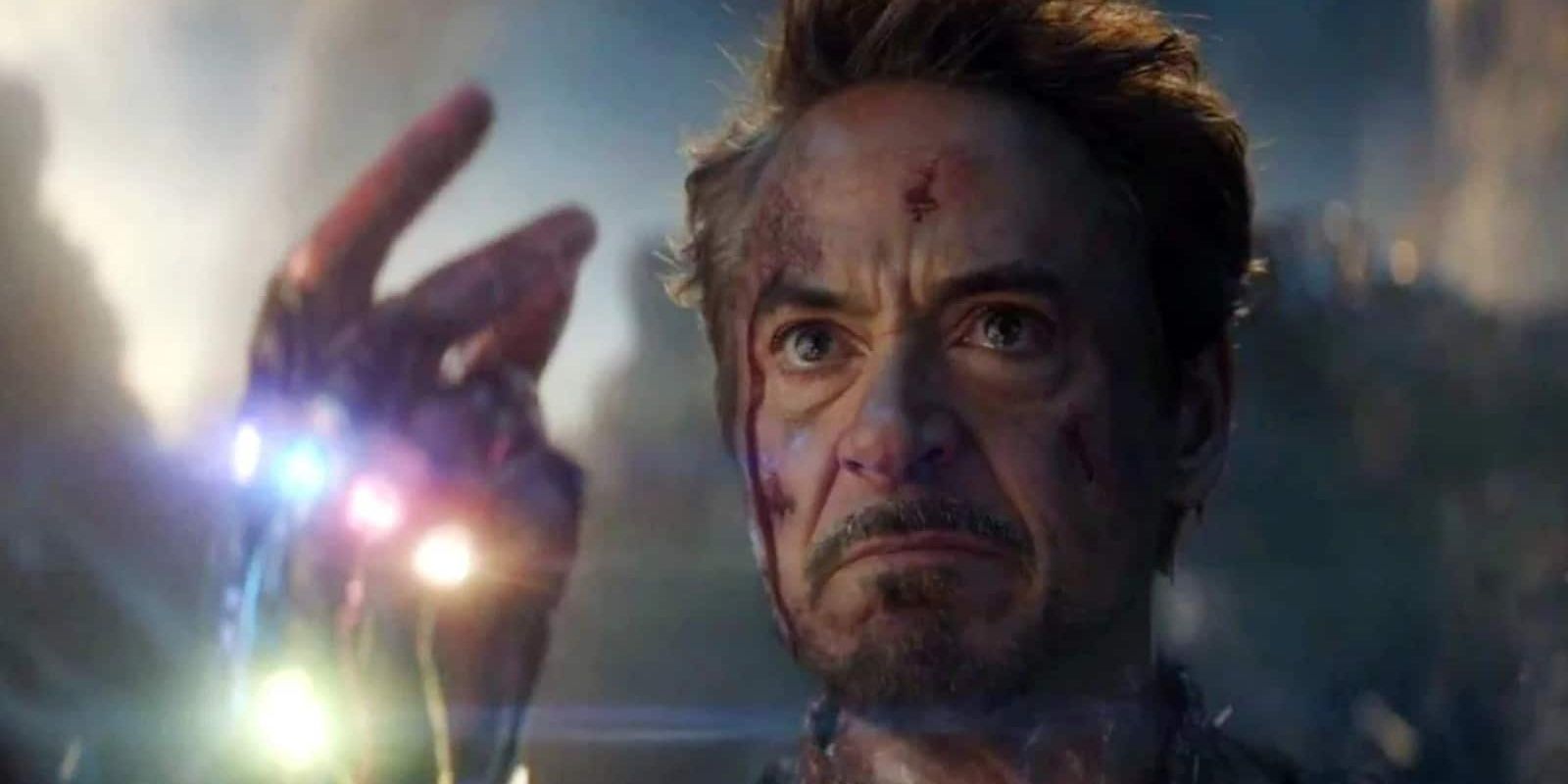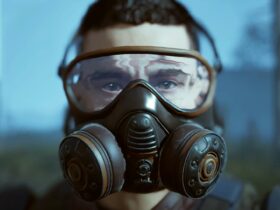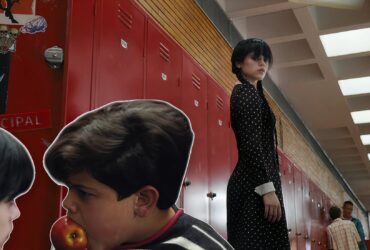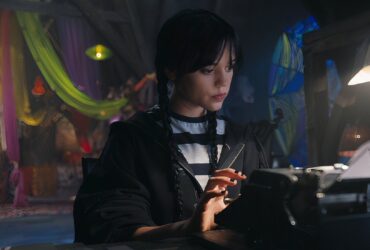The Mortal Kombat franchise is kind of like a one-hit wonder that somehow parlayed its short-term fame into a seemingly endless career. Since the beginning, non-fans have known one and only one thing about these iconic fighting games. Mortal Kombat is about hilariously excessive violent deaths, which have escalated from 3-second finishing blows to short films in which the screen is filled with all the lovingly-rendered gore modern consoles can handle. In the games, players simply hit the rematch button and leap right back into conflict. In a film franchise, deaths quickly deplete the cast. Thankfully, the upcoming sequel already has two solutions to this long-standing issue.
It’s a shame that most people only know Mortal Kombat for its blood and gore. There’s an iceberg to this franchise, starting with the basic understanding of the fighting game genre and concluding with a few novels worth of lore. It’s a comically massive network of factions, character motivations, and shifty magical explanations, a lot of which don’t make sense. If a deranged aristocrat became obsessed with the Mortal Kombat franchise, they could reasonably deliver one of the most complicated and compelling film series of all time. It would be Game of Thrones by way of every action figure from the 90s.
Mortal Kombat Needs Characters To Die
As every fan has pointed out, Mortal Kombat‘s treatment of mortal wounds has become completely absurdist. Every character is a walking sculpture made of red paint, meat, and balsa wood who stands up after every brutal injury until the round ends abruptly. The difference between a Fatality and a bread-and-butter combo is whether the match concludes immediately after its final strike. Death is a fundamental aspect of Mortal Kombat, as the name accurately suggests. Fatalities are barely relevant to the story, though a couple of the games have managed to drop them into the narrative. Despite that disconnect, any version of the franchise that does not prominently feature characters tearing each other’s vitals out through brute force is simply not Mortal Kombat. The trouble with a Fatality is that someone has to be on the receiving end. This means that an adaptation of NetherRealm’s fighting franchise will quickly punch, stab, and burn its way through every big name in the roster.
Big Franchises Have a Weird Relationship With Character Deaths
Games slaughter their cast with wild abandon, but blockbuster cinema tends to hold back on that issue. The Marvel Cinematic Universe, Star Wars, the DCEU, and even Fast & Furious frequently leave characters alive that should be dead. Big franchise players come with notable performers and box-office potential. As the blockbuster scene grows less and less healthy, franchises have to rely on familiar faces to sell tickets. Mortal Kombat will be no exception, but they still need characters to die. This creates an unpleasant clash between a deathless Mortal Kombat and a franchise that runs through its icons too quickly to build anything. The solution was obvious because the games have been doing it for years.
The Mortal Kombat Movies Have Already Solved This Issue
Characters will die left and right in the Mortal Kombat movies, but a considerable portion of them will return from the grave. This is similar to the policy franchises like Marvel have adopted with the added element of narrative justification. When Marvel starts talking about Robert Downey Jr. returning, it’s as clear as could be that they’re dragging an iconic actor back to sell more tickets. In Mortal Kombat, death is an inconvenient shifting of locations. When a person dies in Mortal Kombat, their soul may go on to one of the other numerous realities beyond the bounds of Earthrealm. It is an inherently impermanent process that simply ejects the living spirit from the discarded meat and sticks. This contributes to part of the franchise’s hilarious lack of respect for the aforementioned blood and guts. Those bits and bobs may have once contained a beloved icon of the fighting game genre, but that character is merely a portal away. Other franchise fixtures must endure the indignity of becoming revenants, zombies, or unassigned specters, but almost no one ever actually goes away. It represents a callous disregard for the bodily dismemberment that makes the game series what it is. Oddly enough, a complete lack of respect for death and an open acknowledgment of the potential for resurrection solve the issue, letting fans have both.
Scorpion is the most iconic Mortal Kombat character, and his story represents that of most of his peers. He dies generations before the plot begins, spends ages in Hell, and returns to fulfill his mission. That feels like an oddity in the first movie, but hardcore fans know that almost every character in the franchise has died at one point or another. The Mortal Kombat movies can give death the same spectacle and the same complicated impact as it has in the games.

Related
Mortal Kombat 1: Madam Bo Fatality Inputs (Video Guide)
Few people saw her coming. Fewer still would have predicted that Madam Bo’s Kameo Fatality would be one of the best in Mortal Kombat 1.













Leave a Reply